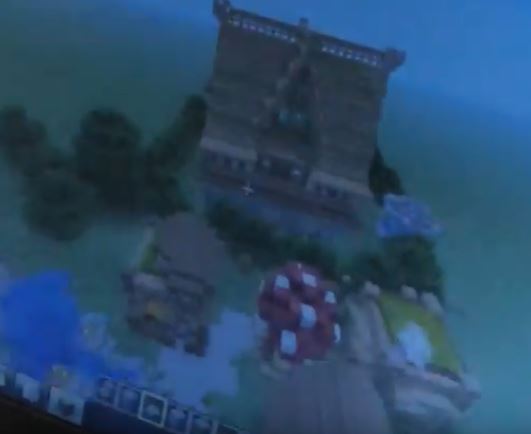Summary
“There’s a tendency to think that young designers only do fantasy fashion, but I’m more interested in making clothes that women can afford.”(Alexander Wang). Shoe design is a premier industry throughout the world. In order to understand the design process of creating shoes, you will create your own shoe prototype. Before you will begin, you must research fair trade and social justice concepts to design a shoe that could be worn by a person from any economic class in Haiti. By conducting web searches of the visual culture of Haiti you will answer questions such as the following: How do people live in Haiti? What are the possible roles a person can have in Haitian society? How do I know what people can afford or are interested in buying? Then you will pick your client, draft designs and construct a shoe prototype from cardboard and recycled materials. You will have the opportunity to present your shoe design to a panel of critics from the Richmond community. The top shoe selected will be placed on display at the store Alternatives located in Carytown, Richmond.
TIPC Ratings
Target
Students were presented a problem: “Design a shoe for an individual in Haiti.” Students started their problem solving research based on recommendations made by experts in the free trade retail field who were brought in from the community. Students were then given time to conduct the research primarily through websites, image searches and historical videos. Students used research templates to help organize their information for use during construction of their prototype. Throughout the design and construction phase of the project students consistently referred back to their findings to help produce their prototype.
Target
Students discussed topics such as shoe history, shoe form and function and client needs. Through the use of the class discussions students developed a list of research tools to answer essential questions. Students then came together to synthesize their findings which helped to define the ideation process. Students worked on communication skills by practicing their presentation in front of peers for feedback and using the feedback to improve upon their presentation. Students then selected the best digital tool to present their product to experts from the surrounding community.
Target
Students are given the freedom to choose the correct digital tools and then use the tool to complete the task. Students justify their choices by completing templates and rubrics which allow them to reflect on their choices. Students are given the freedom to select options not provided by the instructor as long as they are explained and justified. Students needed to think outside the box and use a vast amount of resources in order to solve the overall problem of designing a shoe for an individual who lives in Haiti.
Target
Students were presented a problem: “Design a shoe for an individual in Haiti.” Students took this problem and through the use of technology and hands on learning created a solution. The solution that the students developed was a real-life task that helped them to connect to members of a community outside of their own. Students were provided with the freedom to choose many different ways to accomplish this task. In the end students were able to step outside of their lives and reflect upon an environment and culture that is completely different from the one they live in.





